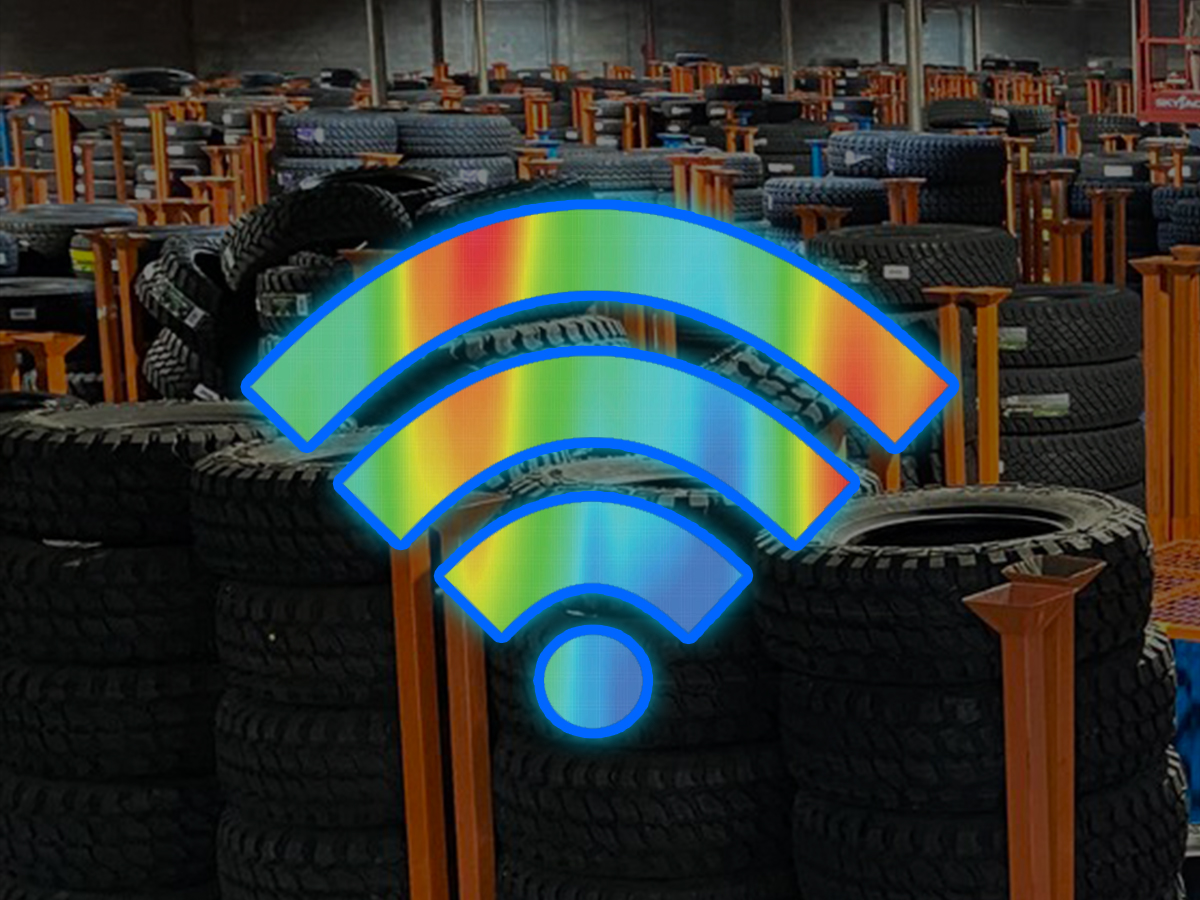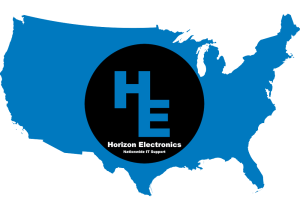Eliminating Poor Wi-Fi Coverage in a Tire Warehouse Using Wireless Network Heat Maps
In the fast-paced world of warehousing and logistics, efficient connectivity is paramount. In a sprawling tire warehouse where rows upon rows of tires can wreak havoc on Wi-Fi signals, poor coverage can be a significant hurdle. However, modern technology offers an innovative solution: Wireless Network Heat Maps.
What are Wireless Network Heat Maps?
Wireless Network Heat Maps are a visualization tool used to identify Wi-Fi signal strength and coverage areas within a given space. These maps display signal quality in a graphical, color-coded format, making it easy to pinpoint weak spots and interference issues in your wireless network.

Challenges in a Tire Warehouse
Tire warehouses are often massive, with tall stacks of tires that can obstruct Wi-Fi signals. This can lead to several challenges:
- Dead Zones: Large stacks of tires can create "dead zones" where Wi-Fi signals are weak or nonexistent. This can disrupt inventory management systems, communication, and even compromise the safety of workers who rely on real-time data.
- Interference: Metal racks and tire materials can introduce interference, causing erratic signal behavior and reducing network reliability.
Using Wireless Network Heat Maps
- Site Survey: Conduct a site survey to gather data on existing Wi-Fi signal strengths and coverage. This involves walking through the warehouse with specialized software and equipment to record signal strength at various locations.
- Data Analysis: Once you've collected the data, analyze it to identify areas with poor signal coverage and interference. The heat map will clearly show which areas need attention.
- Strategic Access Point Placement: Based on the heat map data, strategically place access points to optimize signal coverage. This might involve moving or adding access points to ensure even distribution of signals.
- Antenna Selection: Consider using directional antennas to focus Wi-Fi signals in specific directions and avoid interference from tire stacks.
- Signal Boosters: In areas with significant interference, signal boosters or repeaters can be used to strengthen the signal. These devices extend the coverage range of your Wi-Fi network.
- Regular Monitoring: Keep an eye on your network using the heat maps to ensure it continues to perform optimally. As your warehouse changes over time, such as with varying tire stock levels, adjustments may be needed.
Benefits of Heat Maps
- Improved Coverage: By identifying weak spots, you can ensure consistent Wi-Fi coverage throughout the warehouse, reducing downtime and improving operational efficiency.
- Reduced Costs: Targeted improvements based on the heat map data can be more cost-effective than blanket solutions.
- Real-Time Management: With reliable Wi-Fi, you can manage inventory, orders, and communications more effectively, leading to faster, more accurate operations.
At Horizon Electronics, we believe Wireless Network Heat Maps are an invaluable tool for tackling poor Wi-Fi coverage in challenging environments like tire warehouses. By visualizing signal strength and interference, you can make data-driven decisions to optimize your wireless network, leading to enhanced productivity and smoother operations.
